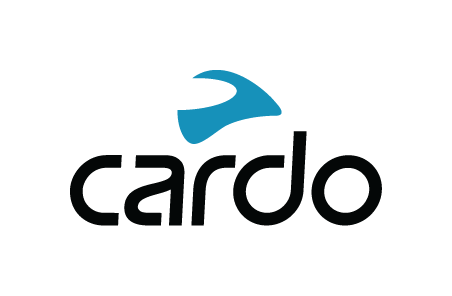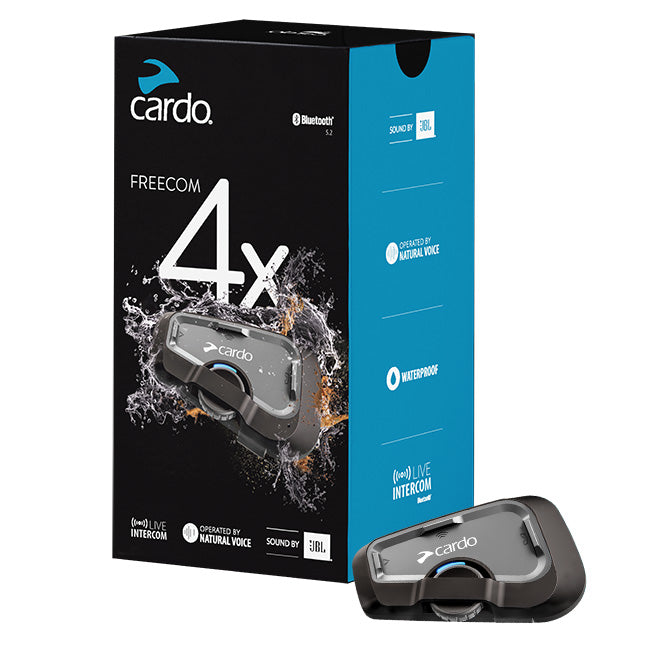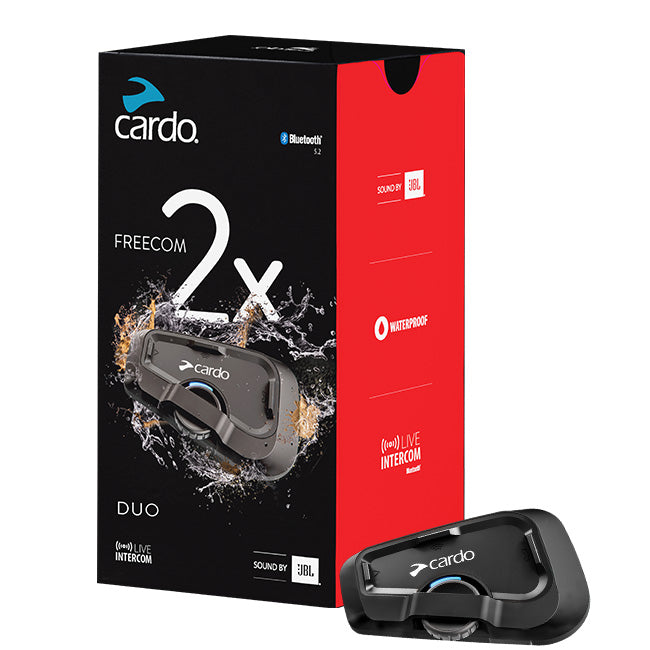Originally posted by cardosystems.com
Riding a motorcycle isn’t as hard as most people think. It’s on par with learning how to ride a bicycle, except you’re using an engine instead of pedaling your feet to get where you’re going.
If you already know your way around a bicycle, you’re halfway there! And you can still learn to ride a motorcycle fairly easily, even if you’ve never touched a cycle in your life. Use the following tips to help you discover the joy of riding a motorcycle!
What to Know About Riding a Motorcycle
Whether you’re commuting on a motorcycle or just riding for fun, it’s important to know the correct details about how to get your motorcycle license. You need to be at least 16 years old to start riding. You will need to pass a Basic Handling Skills Test and the motorcycle learner licence theory test, even if you already have a valid driver’s license.Once you have your motorcycle learner licence, you can ride towards completing your restricted and full licences either by passing the relevant practical tests, through Competency-Based Training and Assessments, or a combination of the two.

Image credit: NZTA
1. Use the Proper Safety Gear
To ride safely, you will need all the proper motorcycle gear. Protect your skin by covering up with CE-Certified motorcycle apparel, including motorcycle pants, boots, gloves, and a long-sleeve motorcycle jacket. Wear a full-face or half-face helmet with visor or goggles, to protect your head, face and eyes.Find a helmet that has a proper fit for your head’s shape and size by trying it on in the store, or by following sizing directions carefully when ordering a helmet online. You want to have a firm and snug fit, that isn't headache-inducing tight.
Ensure any pants or jackets have suitable protectors that sit in the right place on your body. You’re bound to tip over at least once, even if it is only at a standstill. Having protective armour covering your elbows, spine, hips and knees, will help minimise any potential injuries and get you back on your feet as soon as possible.
2. Start with the Right Bike
Choosing your first motorcycle is a thrilling step, and getting the right bike can make all the difference to your riding experience. For new riders, selecting a motorcycle that’s a good fit for your body size and skill level is essential.
Starting with a lighter, more manageable bike can boost your confidence and help you master the basics like making a U-turn or stopping quickly. Your first bike should be one that you feel comfortable sitting on, with both feet able to touch the ground.
A heavy or very powerful model can be overwhelming and challenging to control when you’re just starting out. Luckily, New Zealand has a Learner Approved Motorcycle Scheme (LAMS) in place, to identify a range of motorcycles that are appropriate for learner and restricted motorcycle licence holders, based on their level of experience. The full list of LAMS approved motorcycles is constantly updated, and can be found on the NZTA website.
3. Learn the Controls
As a new biker, familiarise yourself with the clutch lever, front brake and rear brake while the bike is stationary. This practice ensures that you know exactly where each control is and what it does, minimizing any fumbling when you’re on the move.When you first hear the engine start up, it might be a little startling, but it’s an essential part of becoming familiar with your new ride. Take your time to understand how to use the clutch lever to smoothly engage and disengage the engine from the drivetrain, which is essential when you start or stop. Learn how the front and rear brakes differ in their impact on the bike's stopping power, and practice applying them gently to get a feel for their effectiveness.
Don't forget to get comfortable with how to shift gears, as mastering this will make your rides smoother and more enjoyable. Making these controls second nature will set you up for success on every ride.
4. Practise Balance
Balancing a motorcycle, especially at low speeds, can be challenging, but it's a vital skill that all motorcyclists need to master. When you’re just starting out, practicing your balance will help you build the muscle memory that experienced riders rely on. Try to find a safe, quiet place where you can practice this without too much traffic around.
A great way to improve your low-speed balance is to practice cornering, braking and downshifting smoothly. These techniques require precise control and help you maintain stability when maneuvering the bike. As you practice, you’ll learn how to adjust your speed and posture subtly, which enhances your overall balance.
This kind of practice not only prepares you for typical riding scenarios but also builds your confidence on the bike. Over time, these actions will become second nature, allowing you to enjoy safer and more controlled rides.
5. Take a Beginner's Motorcycle Safety Course
Riding a motorcycle for the first time has a steep learning process. Consider taking a motorcycle training course in your community to learn the basics from a trained professional before you hit the road.Ride Forever is an initiative that provides high-quality rider training programmes around New Zealand. Backed by ACC, the courses are highly subsidised to make them accessible for any rider. Course choices include Scooter Survival, Urban Commuter, Bronze, Silver and Gold, and are designed to take you through the motorcycle licensing process from as little as $20! There is even a free online course, catering to your specific type of motorcycle.
By completing any of these safety course options, you will feel much more confident when you finally take off on your own.

Image credit: Ride Forever
6. Stay Connected While Riding
We are all used to using our phones and other mobile devices pretty much every second of the day. You may be tempted to look down at your phone or check the map on the GPS while riding, but it’s never a good idea to take your eyes off the road. Use a Bluetooth helmet communicator to stay connected to your phone and GPS while riding. The device clips onto your helmet without blocking your view. Just speak into the device to access your device hands-free.You can also use your motorcycle Bluetooth headset to keep in touch with your instructor, fellow riders and other members of the biking community. The device works like a radio, connecting you to up to 15 other riders at a time. They can talk you through the experience as you learn to navigate the controls in real time.

Image credit: Cardo Systems
7. Trust the Lean
Mastering the art of high-speed turning (lean) on a motorcycle can be one of the hardest parts of learning how to ride. Countersteering via the handlebars and using your body weight to lean the bike in the direction you want to go can be unnerving for new riders.This is where talking with and following experienced riders or rider-trainers will help, as the concept of countersteering is something that is best understood through experience. Countersteering and lean go together like P&B and jam, and your motorcycle is designed to like that combo!
Discover the Joy of Motorcycle Riding
Learning how to ride a motorcycle can be one of the most rewarding experiences of your life. You will gain your freedom in more ways than one.Keep these tips in mind to make the most of your first time out on the road.




























